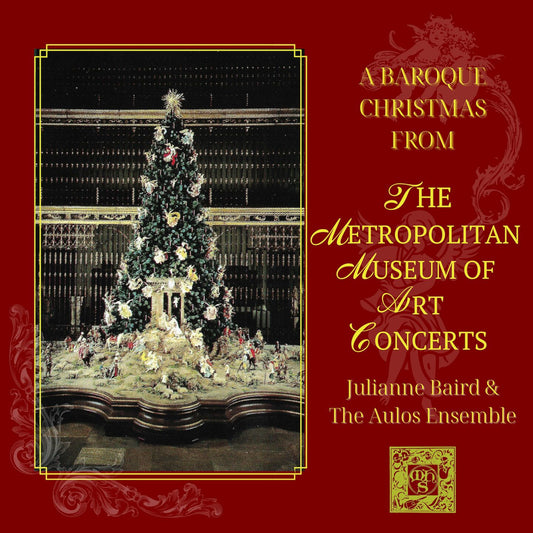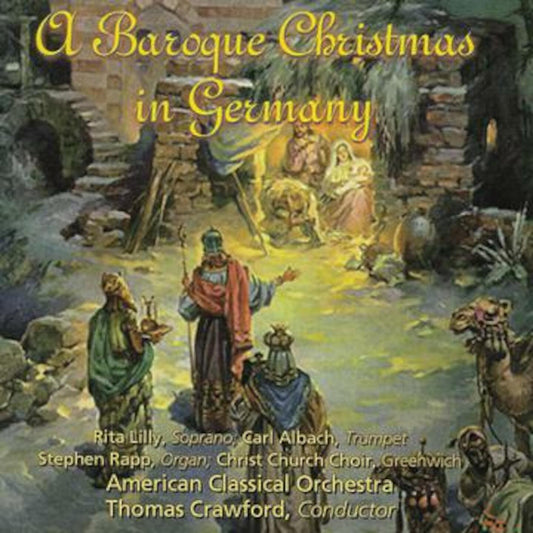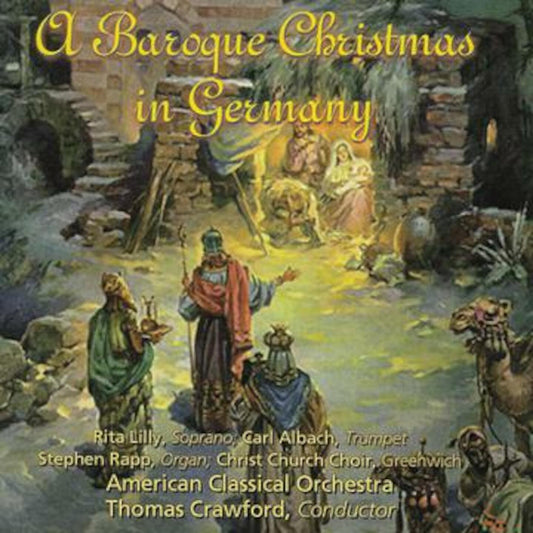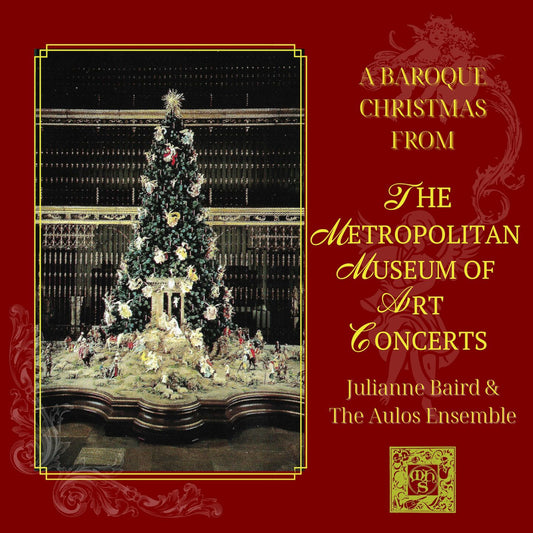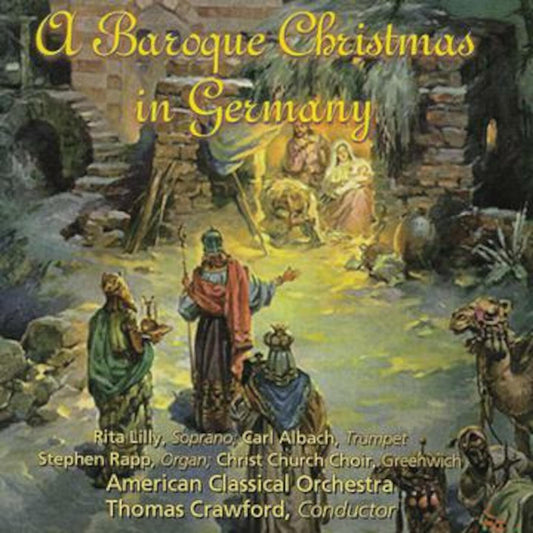Collection: MICHAEL PRAETORIUS (c. 1571–1621)
Standing at the fertile crossroads of the late Renaissance and the burgeoning Baroque, Michael Praetorius (c. 1571–1621) was more than just a composer; he was a pivotal theorist, a meticulous chronicler, and a musical architect whose work both codified the past and provided a blueprint for the future. While his name may not possess the immediate recognition of Bach or Monteverdi, his contributions were foundational to the development of German Baroque music. Through his vast output of sacred compositions, his vibrant collection of secular dances, and his monumental treatise Syntagma Musicum, Praetorius created a legacy that continues to inform and inspire musicians and scholars today.
Born Michael Schultze in Creuzburg, Germany, he adopted the Latinized surname "Praetorius," a common practice for academics and artists of his time. His career was primarily spent in the service of Duke Heinrich Julius of Brunswick-Wolfenbüttel, where as Kapellmeister, he oversaw a flourishing musical establishment. It was here that Praetorius absorbed and synthesized the major musical currents of his age. Deeply rooted in the Lutheran tradition, his sacred music forms the core of his compositional output. He was a master of the chorale setting, but his genius lay in his fusion of the sturdy German chorale melody with the opulent, polychoral style of the Venetian School, pioneered by composers like Giovanni Gabrieli. In works from collections such as Polyhymnia Caduceatrix et Panegyrica, Praetorius employs multiple choirs and instrumental groups in a glorious antiphonal dialogue, creating a sound of immense spatial and dramatic power that filled the great German churches with unprecedented grandeur.
While his sacred music aimed for the heavens, Praetorius also had a firm grasp on earthly delights. His most famous single publication, Terpsichore (1612), is a collection of over three hundred instrumental dances. Sourced largely from French models, it is an invaluable snapshot of the courtly entertainment of the period, featuring an array of popular forms like the branle, courante, and volte. Terpsichore is not merely a charming assortment of tunes; it is a vital resource that provides a rare and detailed look at the instrumental dance music that was often improvised or transmitted orally. For modern early music ensembles, it remains a cornerstone of the repertoire, offering a vibrant palette of rhythms and melodies that bring the Renaissance ballroom to life.
Perhaps Praetorius’s most enduring and significant contribution, however, was not as a composer but as a theorist and encyclopedist. His magnum opus, Syntagma Musicum, is a three-volume treatise that stands as one of the most important musicological documents ever produced. The first volume traces the history of music, particularly sacred music. The third volume delves into contemporary performance practice, notation, and terminology. But it is the second volume, De Organographia, that is most celebrated. In it, Praetorius provides meticulous descriptions and, crucially, detailed woodcut illustrations of the musical instruments of his day. This "Theatrum Instrumentorum" is a priceless treasure, offering an unparalleled visual and descriptive record of everything from lutes and viols to shawms and sackbuts. For instrument builders and performers dedicated to historical accuracy, De Organographia is a foundational text, providing the essential information needed to reconstruct the sound world of the early 17th century.
In conclusion, Michael Praetorius’s influence is multifaceted. He was a prolific composer who skillfully blended German piety with Italian splendor, pushing the boundaries of sacred music. He was a compiler who preserved the ephemeral world of secular dance music for posterity. Above all, he was a scholar of unparalleled vision whose Syntagma Musicum systematically documented an entire musical universe on the brink of profound change. Dying on his 50th birthday, he left behind a body of work that serves as both a final, comprehensive summary of the Renaissance and a bold, forward-looking guide to the Baroque. Praetorius was not just a participant in music history; he was one of its most important chroniclers and architects.

